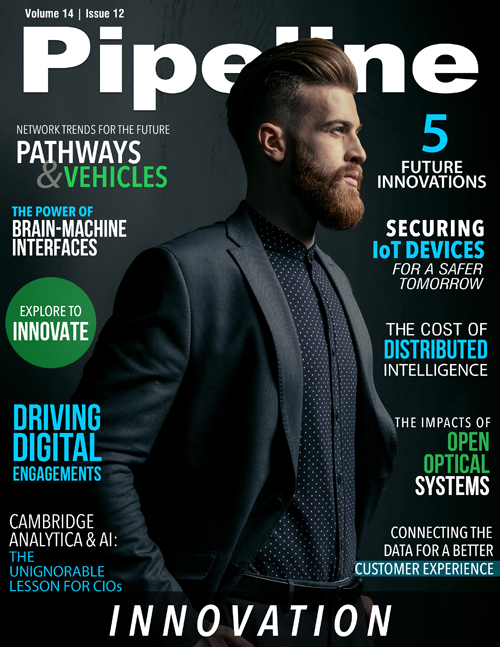Network Trends for the Future: The Path and the Vehicle
By: James D. Taylor

During the early days of our telecommunications infrastructure, copper wires were the only pathway necessary to connect consumer communications needs. Voices speaking on either end of a telephone line, coupled to a complex network of switches transmitting an analog signal, were at one time the greatest accomplishment of the 20th century. Now, copper may be more valuable as the melted-down byproduct of a bygone era.
When I started at Lincoln Telephone Company in Lincoln, NE in 1990, the digital age was in full swing. During the 1980s, our company had undergone the task of burying our major distribution network—many routes with up to 12 fibers—to take advantage of the efficiencies of digital switching. Frame Relay was gaining momentum as a data service. Burying fiber also protected our network from the inevitable Nebraska winter storms, which included ice, which is unforgiving on aerial infrastructure. Cellular phones were in their infancy, in the form of either a bag the size of a small suitcase or a “brick” phone that looked like a refugee from World War II communications.
A DS1 (1.5 Mbps) circuit was considered a “big pipe,” only necessary for big business customers with lots of “access lines.” Eventually the DS1 was the standard bandwidth for connectivity of wireless towers for the operation of cellular phones. The DS1 was—and still is—transmitted via the existing copper infrastructure to enable voice and data transmission. Evolving technology and the data boom have caused communications needs to skyrocket exponentially over the past 20 years. And the boom is far from over.
As our communications infrastructure continues to expand to pacify consumers' growing wants and needs, the nation’s primary mode of transmission has migrated more heavily to the fiber optic network. As development in hardware and software technologies have expanded network capacities, consumers and businesses have been enthralled in the need for speed. The speed of light. More data. Faster.
The common mantra for homeowners today is for “GIGABIT” to the home. By the way, a Gigabit of data is approximately 660 DS1s. That’s some smokin’ internet!
There are several technology trends that will continue to fuel the fire that leads to communications innovation. The keys to growth will be contingent upon two things: the pathway and the vehicle.
Pathways To The Future
The pathways to future growth are fiber, wireless and satellite communications.
The nation’s fiber network is much like the Interstate Highway System. It courses on major routes, providing the pathway to the most populous areas for the transportation of goods and services to the major hubs and ports of commerce. When you get off the interstate, you encounter a network of freeways, highways, residential streets and dirt roads. The less populated the area, the less sophisticated the path. The fiber network is much the same. According to BroadbandNow, less than 25 percent of the population in the United States has access to fiber-based services. Deployment of fiber is a continuous process, and it will continue until all copper cable is replaced, or until another medium (wireless?) replaces it.Fiber is expensive to build. Right-of-way fees, permitting, and environmental issues (i.e. ROCK) are often barriers to expansion. Even more expensive is the maintenance and management of the intelligent devices required to keep it alive and growing. Some areas are difficult to access with fiber. At some point, the investment results in a diminishing return, as the pricing of services decreases in an effort to increase consumer demand. Broadband initiatives, on both the federal and state levels, will aid in deploying fiber to remote and underserved areas to fulfill the promise of economic prosperity via technology.
At some point, a hybrid approach is likely necessary to achieve “full” network connectivity. This approach involves deploying the appropriate medium for distribution, based upon the environment. A good example would be extending fiber to the neighborhood or “hub,” then distribution to the masses via wireless transmission. In some extremely remote areas, satellite will continue to be the most feasible medium for connectivity. If you can’t drive…. fly.



















